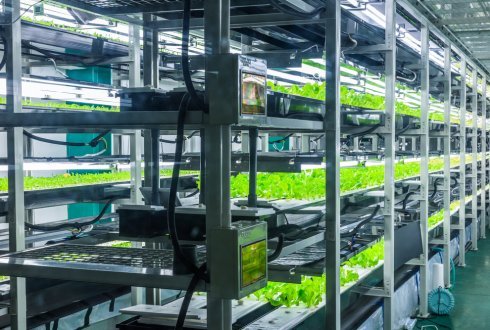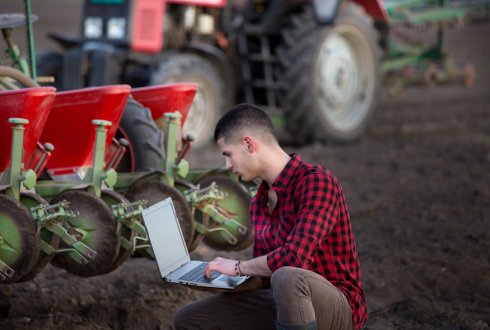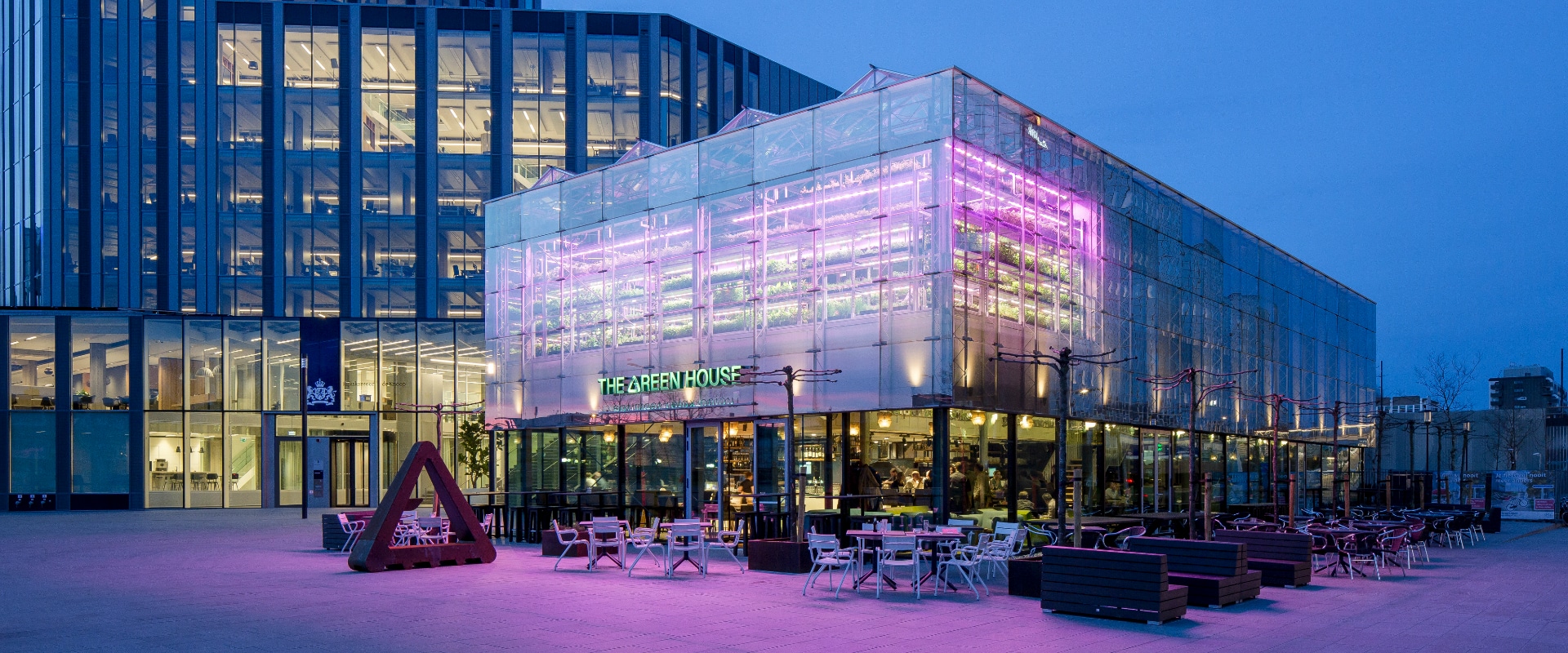Agriculture may be one of the oldest of our technologies. Over time it has developed, changed, revolutionized, industrialized - or simply put, it has evolved. Today’s farms are nothing like those of our grandparents. All the more reason to expect radical changes within our own lifetime.
Today the farming industry is facing many challenges: the climate is changing and population demands are increasing. But these global challenges also create opportunities and are the incentives for innovation.
Pioneering research is being done at the Wageningen University of Research (WUR). We recently caught up on upcoming technologies within the wonderous field of agriculture and asked, how may we envision the farm of the future?
And guess what, according to the researchers, they have quite some surprises in stock:
'LED it be 50%'
More food and less waste in space and matter. It's the main goal for Leo Marcelis, who’s exploring the potentials of vertical farming by testing several light-care methods for efficient plant-growth.
He introduces us to a rather simple-sounding trick, enabled by new technologies. That is, what if we were building farms vertically, instead of horizontally? Such agricultural flats would reduce the spatial footprint of the farm intensively.
Vertical farming means bringing the farm to the city. Urbanizing our food sources has some positive sides: it would significantly lower transportation costs, as well as associated greenhouse gas emissions.

In such a ' flat', crops can grow more efficiently: controlling crop conditions is a whole lot easier in greenhouses rather than in the open field. It simulteneously lowers (or eliminates) the use of pesticides, and it optimizes resources, like water and nutrients.
But most intriguing, Marcelis explains how white light that's coming from the sun contains all colors of the visible light spectrum in it. Now plants don’t need all those colors of light to grow, they actually perform greatly, or even better, under just a few specific colors of light. Attuning our technology to that aspect of plant biology may turn the greenhouse of the future rather...pink.
However, before we can urbanize the farm and create a more sustainable agricultural system, the main challenge is to cut down energy needs. And this is where his latest research, LED it be 50%, comes in. Marcelis thinks that 30 percent of electricity usage can be saved by cleverly placing LEDs, using the possibilities of different colors of light, giving the right intensity at the right time, and using varieties that are suitable for energy-efficient lighting.
On board with this vision? Make sure not to miss the Future Food Formula by NNN fellow Chloé Rutzerveld! Partial speculation, partial science, Rutzerveld is looking for innovative methods to turn this research into a reality.
The age of the agribots
I remember visiting a farm as a child and envisioned my 14-year-old self during my first summer job. I saw myself lying on the back of a weeding-tractor, faced to the ground, ready to pluck all weeds from in between the crops. I must say, it wasn’t a very attractive sight.
But as I spoke with Janneke de Kramer, that summer job vanished before my eyes. She shows me a video of a tractor hovering over crops, fully equipped with sensors able to distinguish the crops from the weed, process this information, and act on it: flashing blades go through the soil as the tractor drives by.

Agricultural robots are changing the look, feel and pace of traditional farming practices. Crop harvesting is poised to significantly impact the agricultural sector over the next decade.
Kramer explains how today, less people are willing to work in agriculture, but worldwide there are more mouths to feed. May I remind you the UN estimates the world population will rise from 7.3 billion today to 9.7 billion in 2050. The world will need a lot more food, and farmers will face serious pressure to keep up with demand. It's therefore essential to create more attractive farmer jobs - with the aid of technology.
In the future of farming, will we be taking care of our plants as much as our technology? Share your thoughts in the comments below!
Precision agriculture 2.0 - with drones
Consider this: your baby will eat as much as they need, and grow in the way that's right for them if you maintain a division of responsibility in feeding. Now, similar to your baby, this applies to crops. Caring for crops with such precision, is what inspires Corne Kempenaar to develop his research Precision agriculture 2.0
With a select group of farmers, he’s experimenting with this new technology-driven approach. What does it look like? Well, much like our Hubot farm scenario 2.0.

Scanning crops with the aid of a drone, the farmer collects all kinds of data that will assist them in knowing which plots need more water, pesticides, and other care. Welcome to the field of precision agriculture.
Where may this be headed? Perhaps one day this precision achieves its ultimate resolution: specialized diets, food, and care - different for each single plant.
Kempenaars' vision of flying sensors could help us better detect the biological needs of our plants. An eloquent example of how to balance nature and technology.
Thoughts? Or do you have a vision for the future of farming? Comment is free ?

Share your thoughts and join the technology debate!
Be the first to comment